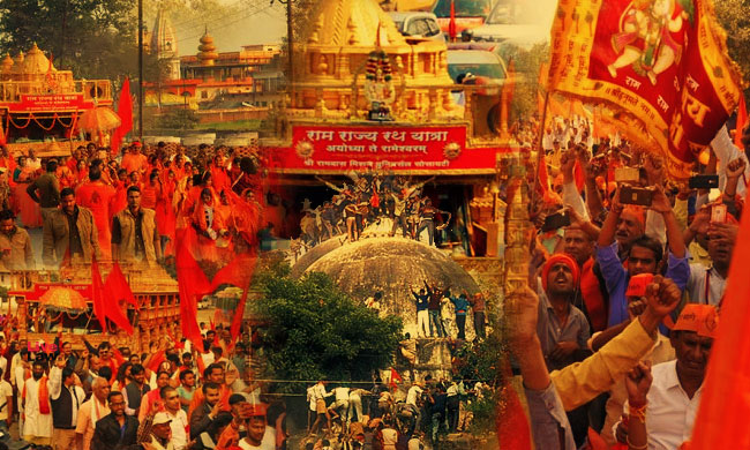Ayodhya-Babri Masjid Dispute: All You Need To Know About The Civil Suits
LiveLaw Research Team
10 Aug 2019 9:22 AM IST

Next Story
10 Aug 2019 9:22 AM IST
From August 6, the Constitution Bench of the Supreme Court started hearing the appeals in the Ayodhya-Babri Masjid title dispute issue. What the top court is hearing is first appeals from the decree passed by the Allahabad High Court in four civil suits filed by Hindu and Muslim parties in the case. The attempt here is to briefly explain the nature of the suits involved in...
